Nepal experienced a decade-long armed conflict between 1996 to 2006. The conflict had enduring impacts on Nepal’s socioeconomic development. Previous studies documented the immediate effects on educational attainment but are limited to assessing the impact on cognitive outcomes. In this study, I envisage estimating the second-generation effects on children’s language and numeracy skills using the parent’s birth cohort and their relative exposure to conflict as a source of random exposure. I focus on exploring the potential application of the difference-in-difference approach to estimate the effects. I am preparing the dataset by combining data from multiple sources, such as administrative data on armed conflict, household survey data and GIS data from satellite imagery.
Recent Posts
- Navigating Shadows: A Network Analysis of COVID-19’s Influence on Household Food Security in Nepal
- The intergenerational impact of Nepal’s Armed Conflict on Learning Outcomes
- The inter-generational impact of the Female Community Health Volunteers (FCHVs) program in Nepal
- Cultural Practices and Health Vulnerabilities: The Impacts of Menstrual Exile on Domestic Violence against Women in Far-Western Nepal
- Correlates of continuum of maternal health services among Nepalese women: Evidence from Nepal Multiple Indicator Cluster Survey
Recent Comments
No comments to show.
